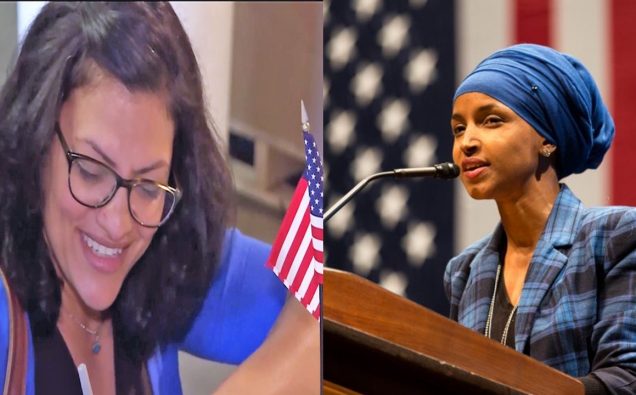
American Muslims are just one percent of the U.S. population, but they make up 10 percent of the medical practitioners. One of the greatest medical minds in recent history was late Dr. Ayub Ommaya, an illustrious Pakistani-American credited with several life-saving inventions.
But Muslims in the United States have not just been doctors and health staff serving across the American states including rural regions. They have been serving with distinction as scientists, researchers, academics and highly successful entrepreneurs. Yet, when it came to political representation until the 2016 presidential election campaign, American Muslims lagged far behind other diverse communities.
Why? Perhaps out of a pre-2016 election sense of complacency and trust in their peers doing the political job in the U.S. and state legislatures. Or, perhaps it had something to do with the fact that many Muslim immigrants came from countries with broken democratic or strict dictatorial governance systems that stifled political dissent and thus had not prepared them enough to take on the lively role.
Invited to speak at the American Leadership Conference soon after President Donald Trump’s inauguration and enforcement of the executive order banning new arrivals from mostly Muslim majority countries, I raised some of these points. That dialogue with a group of Conservative thinkers at The Washington Times office in D.C., moderated by Dr. Zulfiqar Kazmi, head of The Commongrounds, left many of us wondering when will American Muslims really be able to break the barrier and find a political voice to be part of local governance systems and mainstream discourse.
The answer came at the November 6 ballot, and it was convincing and clear. Several Muslims, including notably Rahida Tlaib and Ilham Omar – the two first Muslim women to be elected to the U.S. House of Representatives – made it to the local, state and national chambers of power. In Maryland, Pakistani-American Hasan Jalisi retained his state assembly seat. Keith Ellison, the first ever Muslim member of the House, was elected as Attorney General of Minnesota. Andre Carson retained his seat in the House with a victory in Indiana’s 7th Congressional District. All these candidates ran on the Democratic platform – reflecting the Democrats’ success in expanding their party outreach ad using the Trump Administration’s policies as political boon after their dismal showing in the 2016 elections.
But it is not just American Muslims who amplified their political voice – thanks to the American electorate’s preference for diversity and inclusion in the midst of anti-immigrant rhetoric, and rise in incidents of anti-Muslim and anti-Semitic hate crime.
In a heartwarming sign of American commitment to diversity, predominantly White suburban districts elected nine new African-American House members. This was on top of the fact that all African-Americans retained their seats in the House, lifting the number of African-American lawmakers to an unprecedented number of 55.
The November 6 midterm also saw American Jews win 31 seats in Congress, four in the Senate and 27 in the House of Representatives, elevating their representation to 35 in the 116th Congress. The election result has a special meaning for the community in the wake of October 27 deadly shooting at Tree of Life synagogue. The Jewish community –just 2 percent of the total American population – makes 6 percent of representation on the Capitol Hill .
The natives also made history in the 2018 midterms, with Democrat Sharice Davids, who belongs to Wisconsin’s Ho-Chunk Nation tribe, and Deb Haaland, a member of the Laguna Pueblo tribe in New Mexico, becoming the first Native Americans elected to U.S. Congress.
I have lived the experiences that many Native Americans have lived — it is such a privilege to be able to be a voice to so many people who thought they were forgotten. https://t.co/xCBhnPPWVi pic.twitter.com/OSDJzrJxSQ
— Deb Haaland (@Deb4CongressNM) November 9, 2018
A key feature has been the emergence of women as political voices in all communities – Natives, African-Americans, Muslims and Jews. The wave of victories has been billed as blue and pink. But in the words of CNN analyst Van Jones it looks more a rainbow wave of American communities.
The wave also represents Thomas Jefferson’s ideal of equality and religious freedom, and is a critical step toward America’s full embrace of diversity and inclusion – as integral parts of the unique Republic, an evidence of the American Dream being alive as a possibility within grasp.













